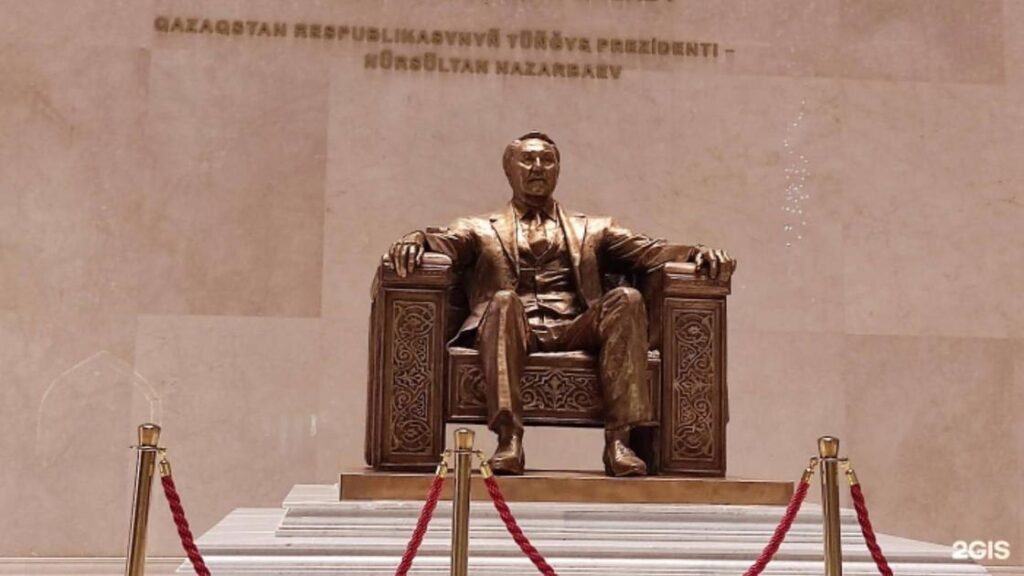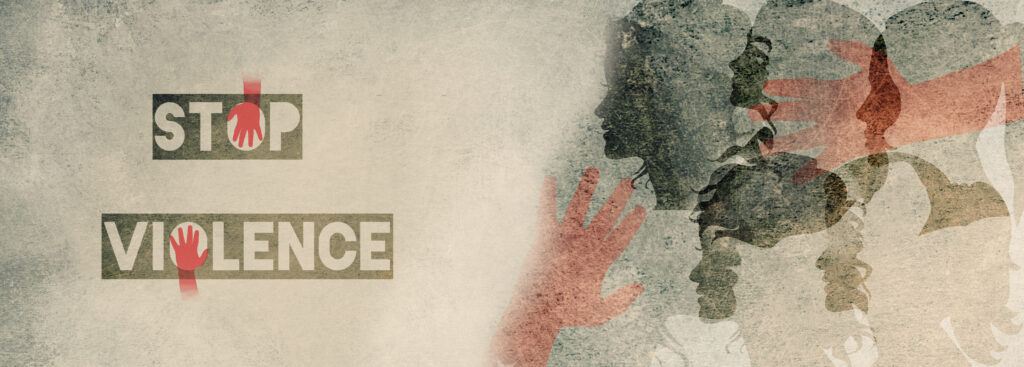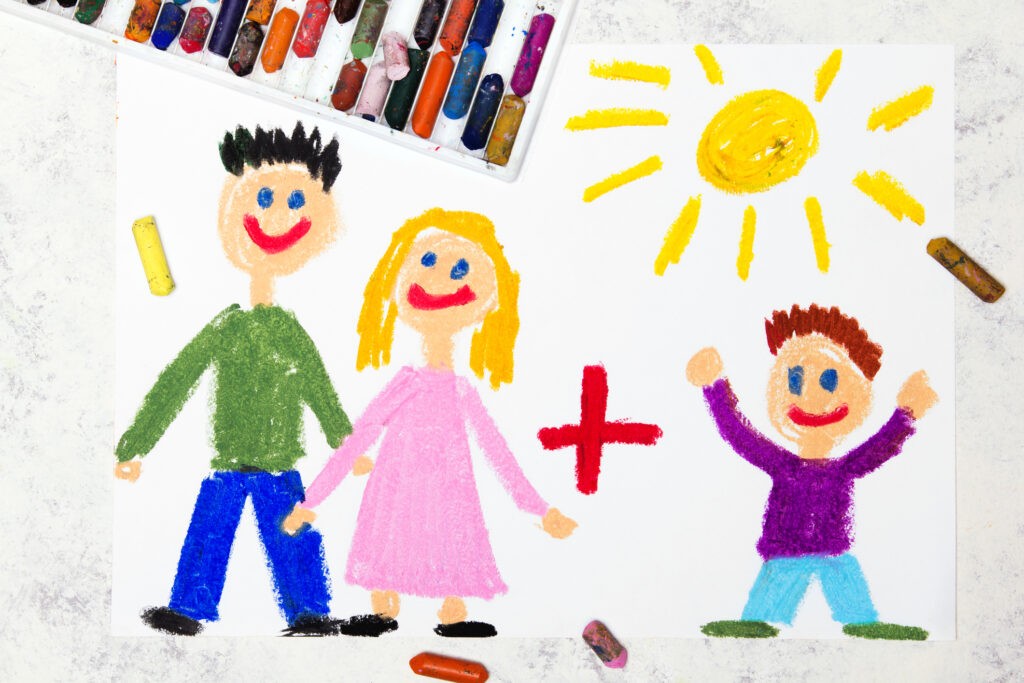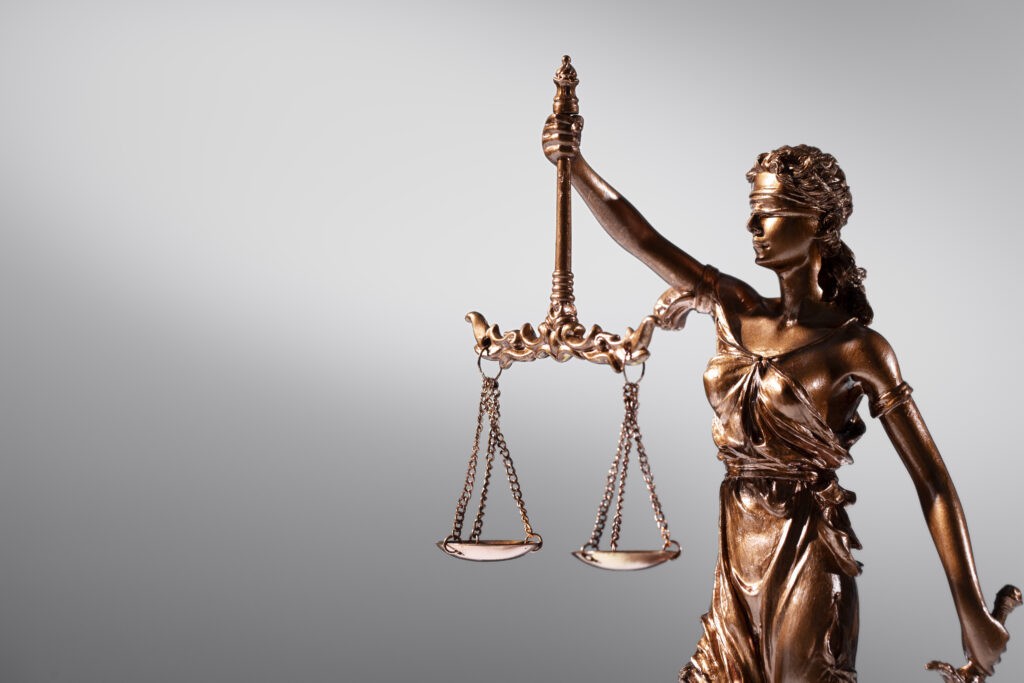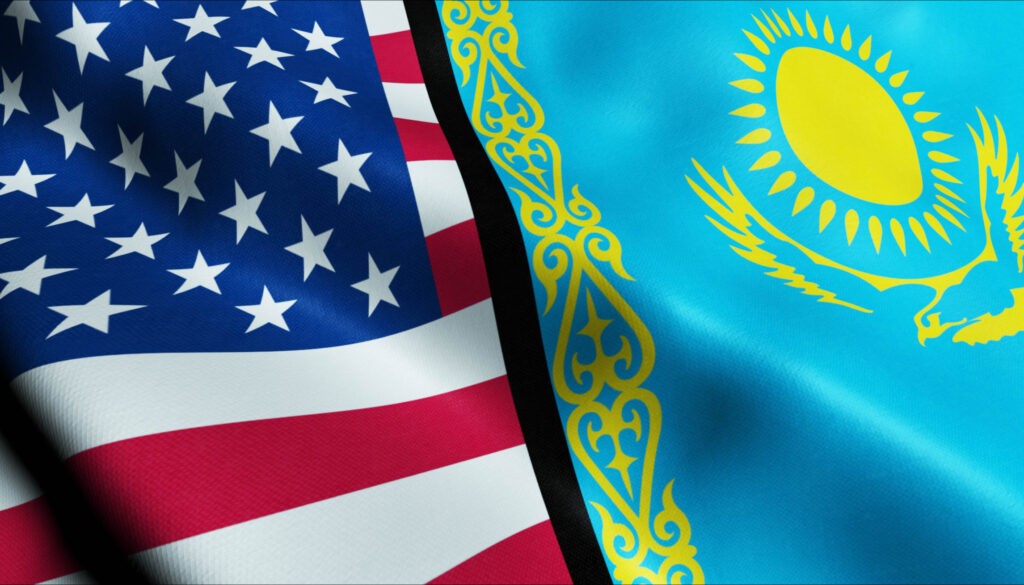Elbasy No More: Monument to Nazarbayev Removed From National Museum
In a further sign of the dismantling of the cult of personality which the first President of Kazakhstan strove to build around himself, a monument to Nursultan Nazarbayev has been removed from the National Museum of Kazakhstan in Astana. According to the Minister of Culture and Information, the decision was made in relation to the modernization of the exhibition space. "This exhibit is the property of the museum, and in connection with the changes in the concept of the hall, [the monument] will be moved into permanent storage in the Museum Fund", the National Museum said in a statement. Renovation work has already begun at the hall of the National Museum which depicts "Independent Kazakhstan." The hall hasn’t been updated since 2014, and the management intends to highlight important events from the recent history of the country. The National Museum of Kazakhstan was built upon a direct order from former President Nazarbayev within the framework of a government program called "Cultural Heritage." It is the largest museum in the country, with its buildings occupying a total area of 74,000 square meters, with an exposition area adding another 14,000 square meters. The statue of Nazarbayev first appeared in the museum in July 2018. Above the sculpture of the former president a placard in Kazakh in Latin script reads, "My dream is for Kazakhstan to be an eternal country. Time will pass; people will pass - but independence will remain. The first president of the Republic of Kazakhstan, Elbasy (leader of the nation), Nursultan Nazarbayev." Could this mark the beginning of a wider trend? This is not the first time a monument to Nazarbayev has been removed. During the events of January 2022, a statue of the first president was demolished during riots in Taldykorgan. Later, another monument to Nazarbayev was removed from the National Defense University in Astana, and a picture of Nazarbayev which hung in the Almaty subway was also removed. In January 2023, the law on the first president and leader of the nation, which granted lifetime benefits and privileges to Nazarbayev was rescinded by the Constitutional Court. Earlier this year, a provocative exhibition by artist, Yerbosyn Meldibekov, about the fall of the ex-president and monuments to him was installed in the House of Officers, a military-cultural building in Almaty. Monuments and busts of Soviet-era leaders and revolutionaries in Kazakhstan still stand in parks and various buildings, though often no longer on central pedestals. As of 2021, there were still 159 statues commemorating Lenin, the majority of which are found in regions with a high-density of ethnic Russians, including Pavlodar and Akmola, and in the North Kazakhstan Region, where ethnic Russians outnumber Kazakhs, but since the fall of the Soviet Union, 341 had been demolished. Another lasting symbol of a cult of personality can be found among representatives of law enforcement agencies, who still revere the so-called "Godfather of the Chekists," Felix Dzerzhinsky. In the East Kazakhstan Region, which has an extremely high-density of ethnic Russians, a bust of...


